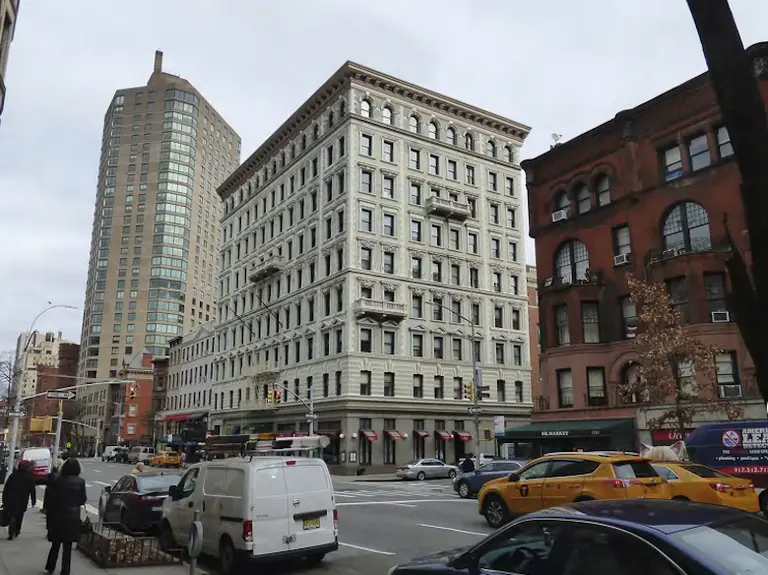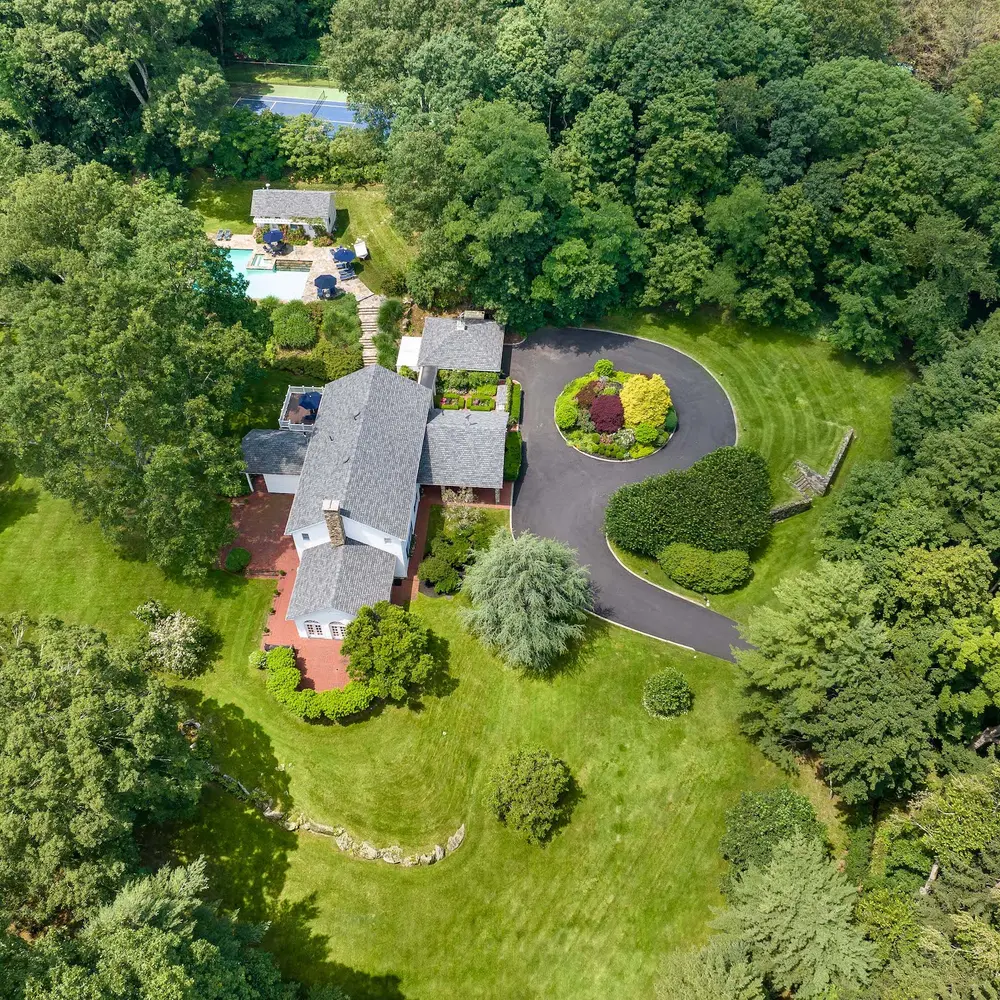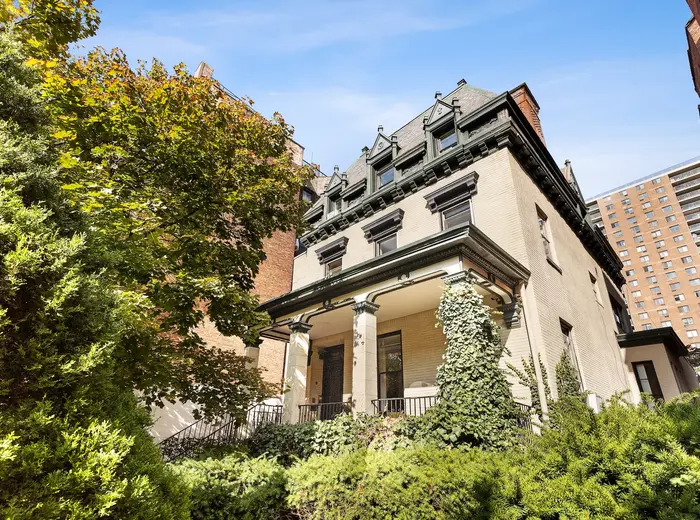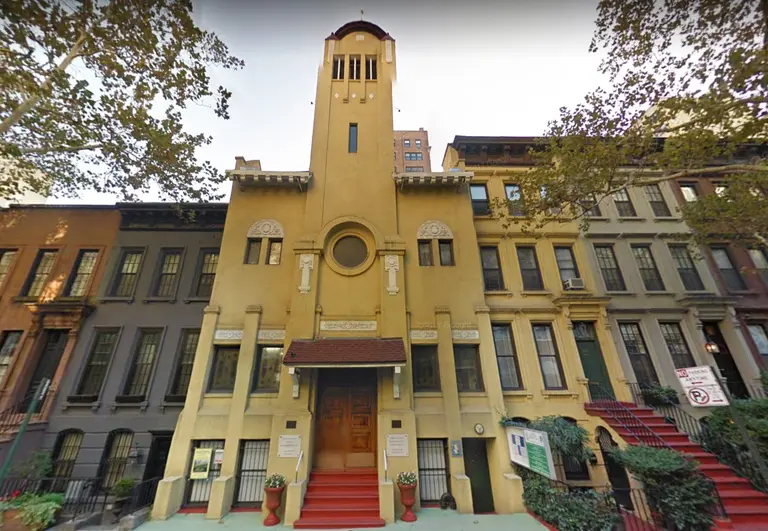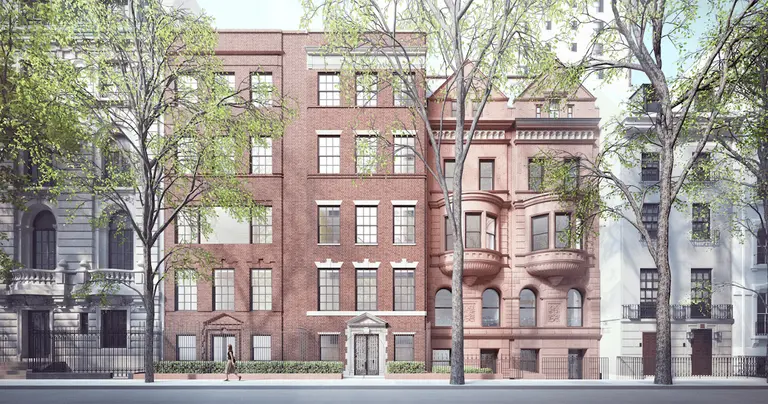In Yorkville, Emery Roth-designed church and Colonial Dames mansion get landmark status
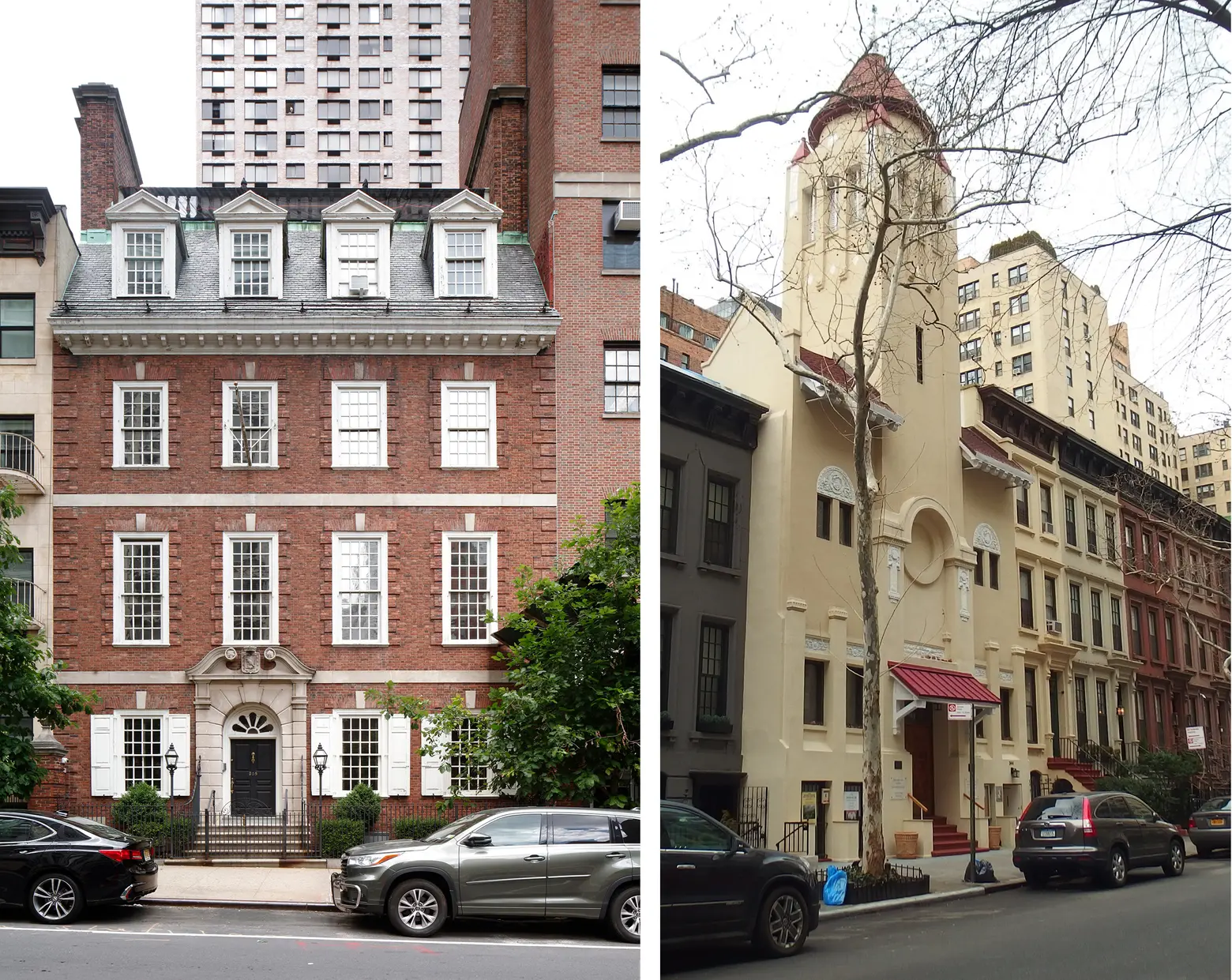
Photos courtesy of the LPC
Members of the Landmarks Preservation Commission voted Tuesday in favor of landmarking two historic sites in Yorkville–the First Hungarian Reformed Church of New York at 344 East 69th Street and the National Society of Colonial Dames in the State of New York at 215 East 71st Street. As 6sqft previously reported, the Hungarian Reformed Church was designed in 1916 by esteemed architect Emery Roth as one of his few religious buildings and his only Christian structure. The Colonial Dames headquarters is housed in an intact Georgian Revival-style mansion built in 1929.
The National Society of Colonial Dames was established in 1891 to promote historic preservation and educate about the formation and development of the U.S. In 1929, they commissioned Richard Henry Dana Jr., a noted specialist in colonial architecture, to design their New York headquarters and a house museum. Here, they offered English, history, and civics classes to the many immigrants entering New York at the turn of the century.
Because of its mission to preserve the nation’s Colonial past, the 71st Street house was conceived as an “idealized” reproduction of a Georgian-style mansion. The facade remains impeccably maintained and intact today. The interior is similarly well-preserved and functions as a museum and educational center. As the LPC notes, the site “reflects our nation’s colonial history and heritage.”
Both the facade and the interior of the house were considered for landmark designation, a rare occurrence since only publicly accessible spaces are eligible for interior landmarking. Although the Commission voted unanimously to mark the facade as a landmark, they decided to take no action on the status of the interior and removed it from the calendar. The Society of Colonial Dames expressed concern as to whether it might affect their programs and is in communication with the Commission regarding the preservation of the interior, which was installed in the 1930s. Given that the group is a preservation society themselves, LPC Chair Sarah Carroll stated that landmarking the interior was “not a priority” but that the site could be re-calendared in the future if necessary.
The First Hungarian Reformed Church of New York was constructed in 1916 in the Hungarian vernacular architectural style by Emery Roth, the architect of famed pre-war buildings such as the Ritz Tower and the San Remo. The First Hungarian Reformed Church is one of the few religious buildings he designed and his only Christian structure. It’s worth noting that he himself is of Hungarian descent.
The historic stucco-faced building was commissioned by the First Hungarian Congregation in 1914 after an influx of Hungarian immigrants moved into the Yorkville area or “Little Hungary.” The church served as a cultural focal point, with several Hungarian restaurants, butcher shops, and businesses occupying the area nearby. Despite only hosting one service a week, the building still remains a cultural center for the Hungarian-American community and it looks very much like it did 100 years ago.
Among those who contributed statements of support for both sites were U.S. Representative Carolyn Maloney, the New York Landmarks Conservancy, Manhattan Community Board 8, and Friends of the Upper East Side. “These are just two of the many such evocative sites that speak to rich and varied immigrant histories in Yorkville, an area that has been traditionally underrepresented by landmarks designation. Intense development pressures in Yorkville mean the neighborhood is changing at a rapid pace – now is a critical time for us to reexamine our shared past and engage in conversation about what should remain as our city evolves. We applaud the LPC for shining a light on Yorkville’s history with these two designations, and we look forward to more designation activity in the near future to recognize additional significant sites in Yorkville,” said Friends of the Upper East Side in a statement.
RELATED:



